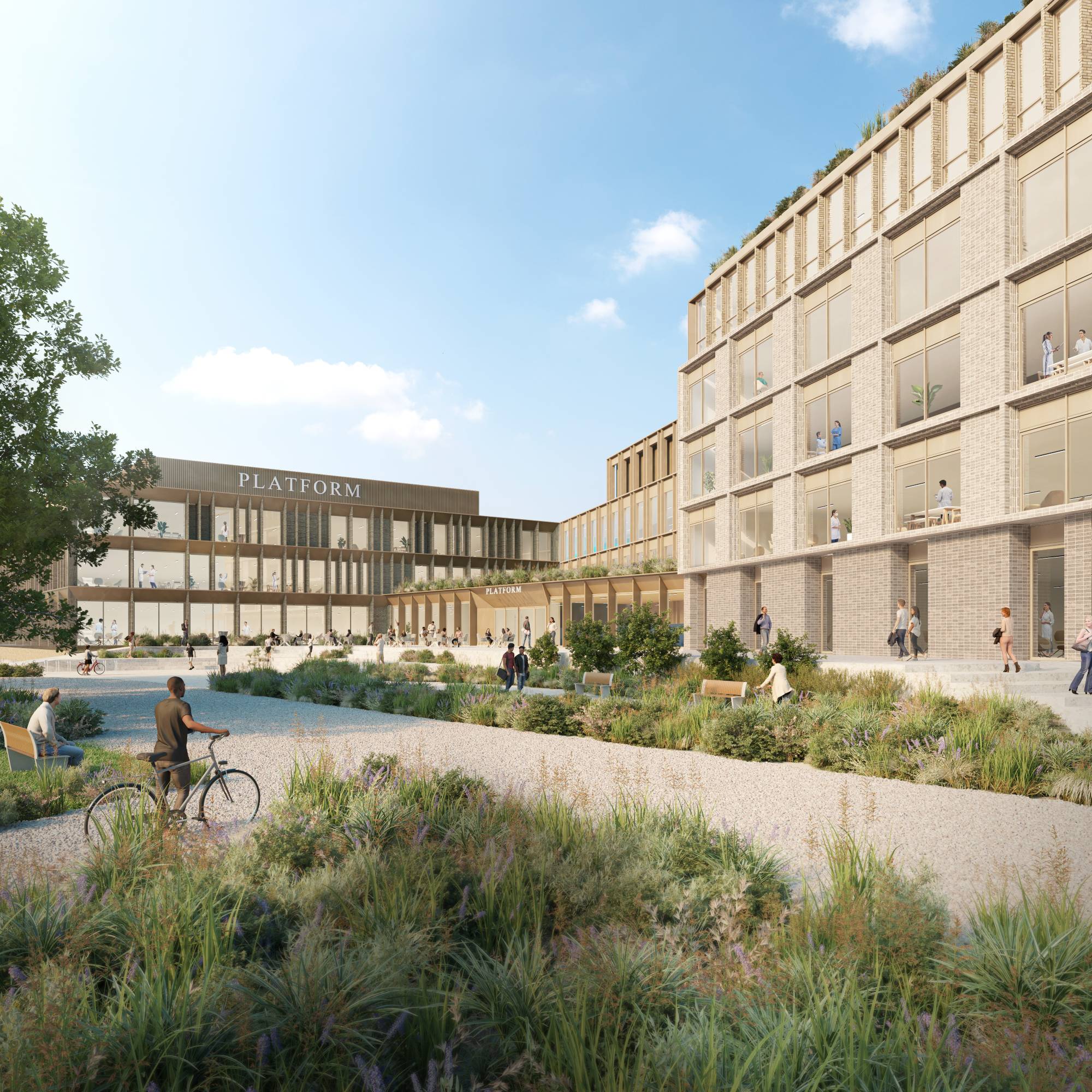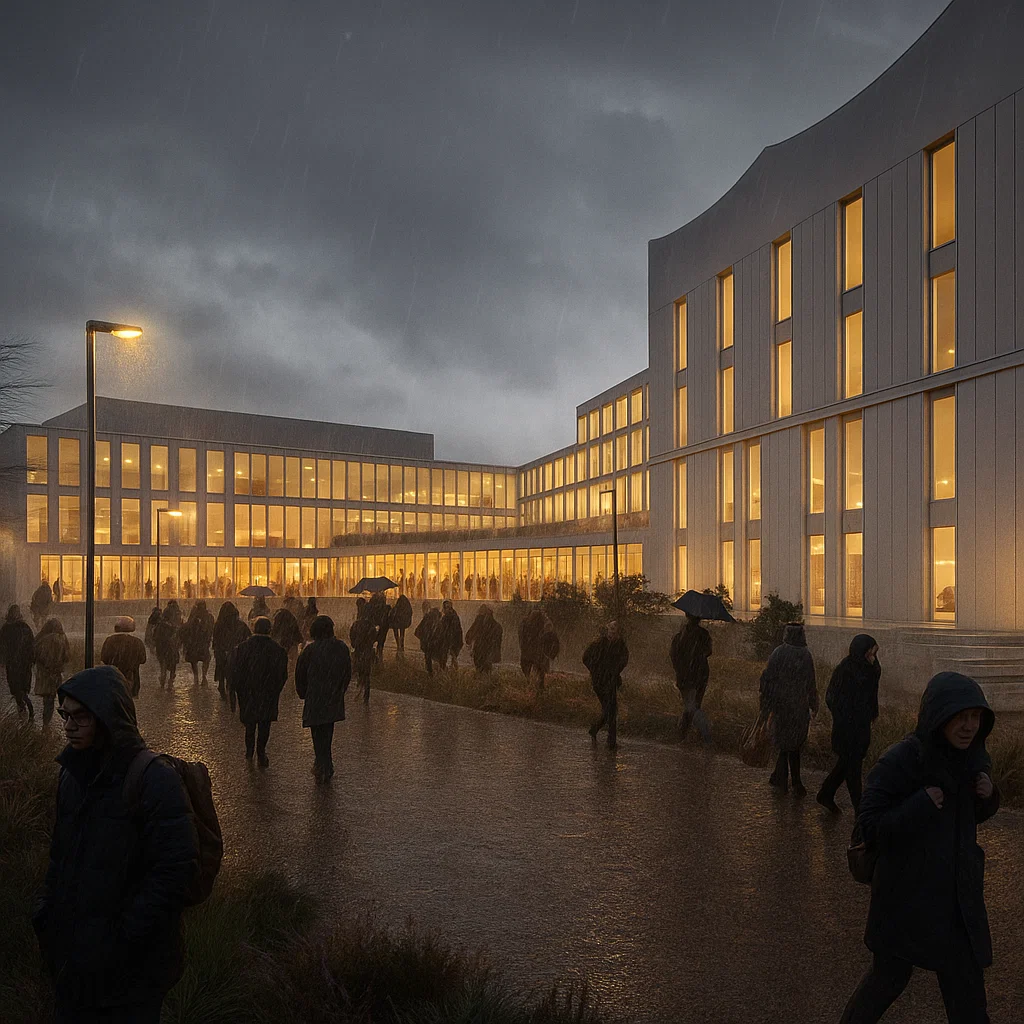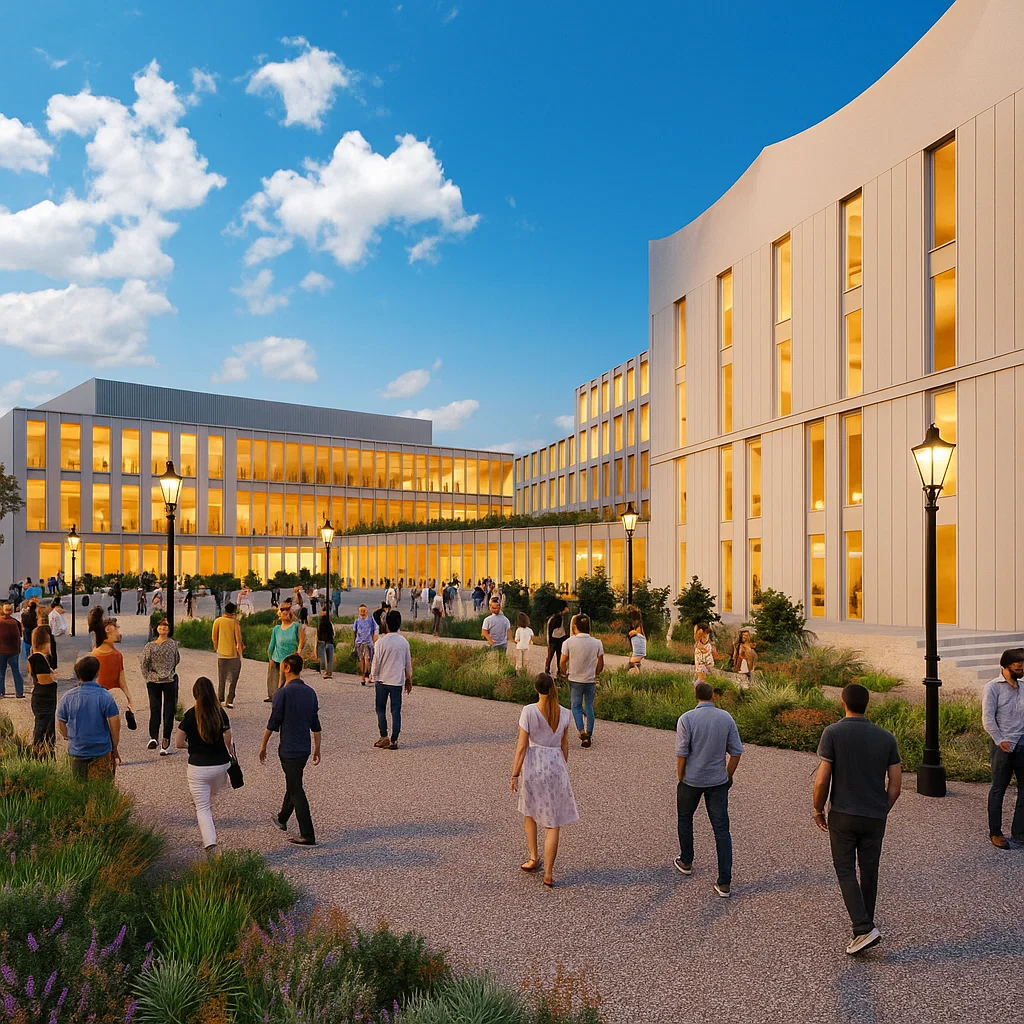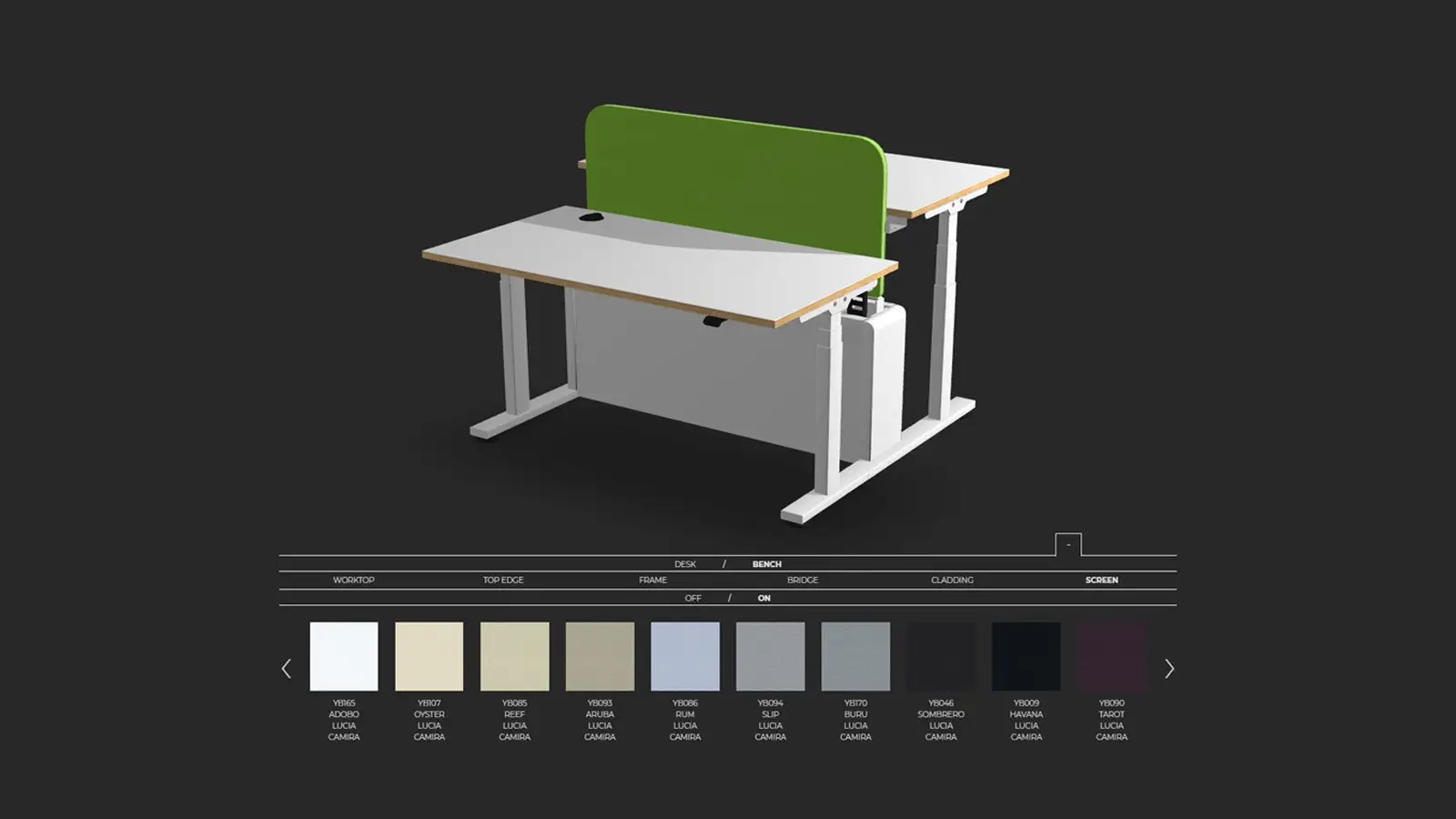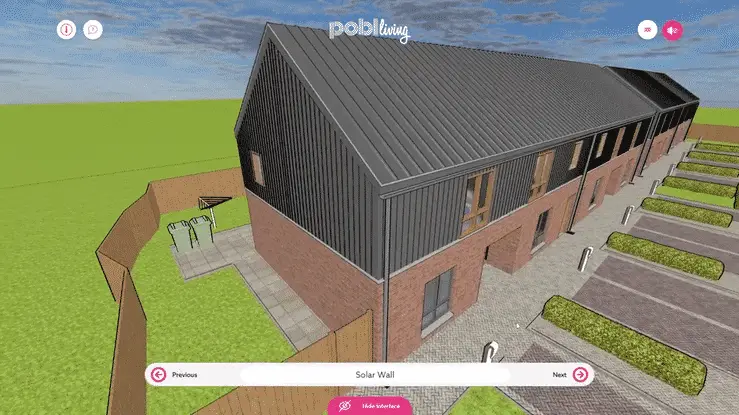
AI to Concept & Beyond
We develop the basic massing model as the foundation for AI visualisation, ensuring greater precision and clarity in the final concept.
Basic 3d Visualisation into AI concepts
Architects and designers can use basic renders as a foundation for concept visualisation in AI by transforming simple 3D models into compelling imagery. Even minimal massing models or rough layouts provide enough geometry and context for AI tools to enhance detail, atmosphere, and materiality. By feeding these basic renders into AI-driven visualisation platforms, professionals can quickly explore design moods, lighting conditions, or stylistic variations without investing extensive time in traditional rendering workflows.
This process accelerates idea testing, improves client communication, and allows for iterative exploration of multiple design options, turning simple starting points into rich, inspiring concept visuals.
We provide an accurate base visualisation that seamlessly supports the development of precise concepts within your CAD/BIM systems

Beyond AI
So why do we still need humans?
Here are six reasons why AI can’t yet be relied on for detailed and iterative visualisation in architecture and design:
Lack of Precision – AI often struggles with exact dimensions, scale, and technical accuracy required for construction-level drawings.
Inconsistent Iterations – Each AI output may vary unpredictably, making controlled, step-by-step refinements difficult.
Limited Material Accuracy – AI may misinterpret textures, finishes, or structural details, leading to unrealistic or impractical results.
Poor Integration with CAD/BIM – AI-generated visuals rarely align seamlessly with professional design software workflows.
Ambiguity in Client Feedback – Since AI images may shift drastically between iterations, it’s hard to ensure continuity in revisions.
Regulatory & Safety Oversight – AI outputs can overlook building codes, engineering constraints, or sustainability standards.
Humans refine the massing model into a fully detailed and precise representation of the design.

A human image crafted with 100% accuracy through a comprehensive, iterative process.
